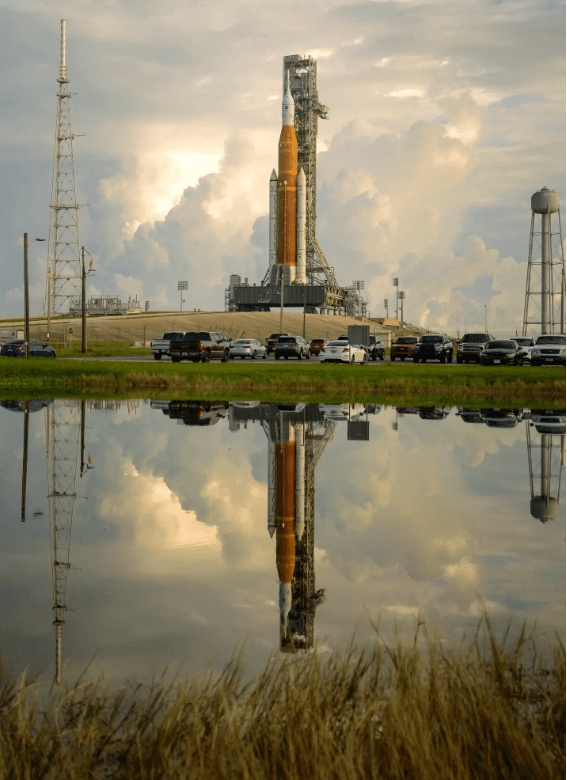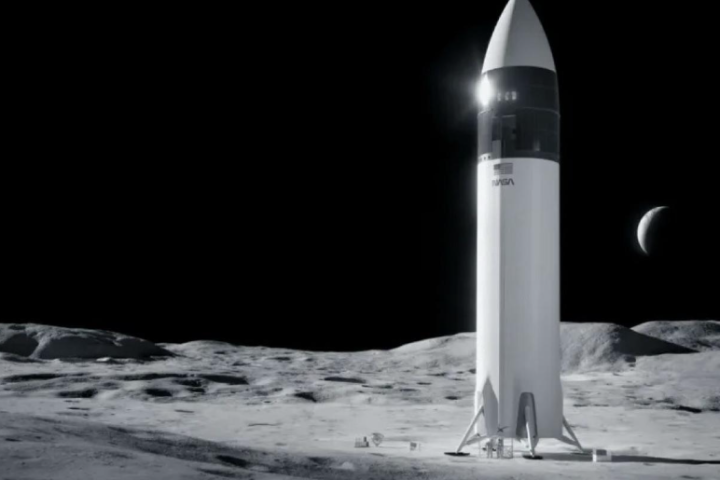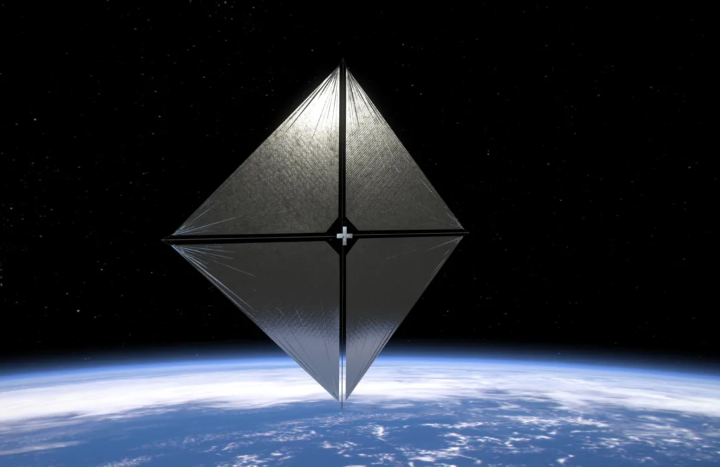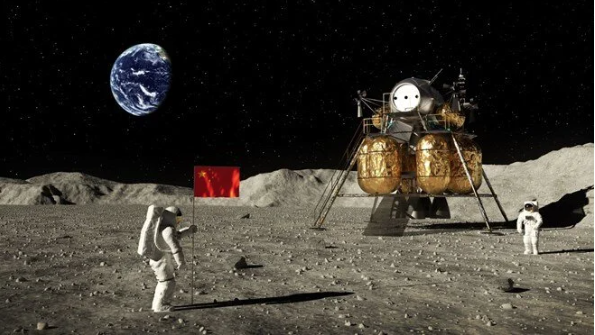For NASA scientists and engineers working on the Artemis I mission, which was scheduled to launch on Saturday but was scrubbed at the last minute owing to a hydrogen leak, it’s another trip back to the drawing board. The team has ruled out any upcoming additional launch attempts and is presently determining their next course of action, which may involve bringing the enormous Space Launch System (SLS) down to the Vehicle Assembly Building for repairs.
The Artemis I mission’s initial NASA attempt to launch was unsuccessful last Monday due to engine issues; the team was unable to cool one of the rocket engines to the necessary temperature for launch. Saturday’s scrub comes after that failure. After analyzing the data, the team decided to try again on a Saturday afternoon, but they encountered problems once more as they prepared to launch.
A leak in the quick disconnect device, a link between the hydrogen line and the rocket that keeps the fuel secure until just before liftoff, was discovered as engineers were gradually filling the liquid hydrogen tanks of the rocket. The team then tried warming the device to realign the seal before reinstalling all of the gear to fix the quick-disconnect issues that had plagued the wet dress rehearsal for the SLS.
Last Monday’s effort also had a hydrogen leak in the quick connection, but engineers were able to safely manage the leak by manually modulating the propellant flow. This time, despite their efforts to warm up the quick disconnect for a tighter seal and subsequently pressurize it with helium for the same result, they were unsuccessful. In a third attempt at troubleshooting, the seal was attempted to be reseated by once more warming the device.
Launch director Charlie Blackwell-Thompson decided to cancel the attempt as a result, and the crew is now looking into the problem. Unintentionally sending a directive during loading operations may have increased pressure in the propulsion system and caused the leak, although this need further investigation. Engineers will then choose whether to transport the rocket back to the Vehicle Assembly Building or execute repairs and testing while it is still on the launch pad.
In any event, there won’t be any further launches in the first part of September. The next window of opportunity for launch will be from September 19 to October 4, which is determined by the Moon’s position in its lunar cycle, among other things.





